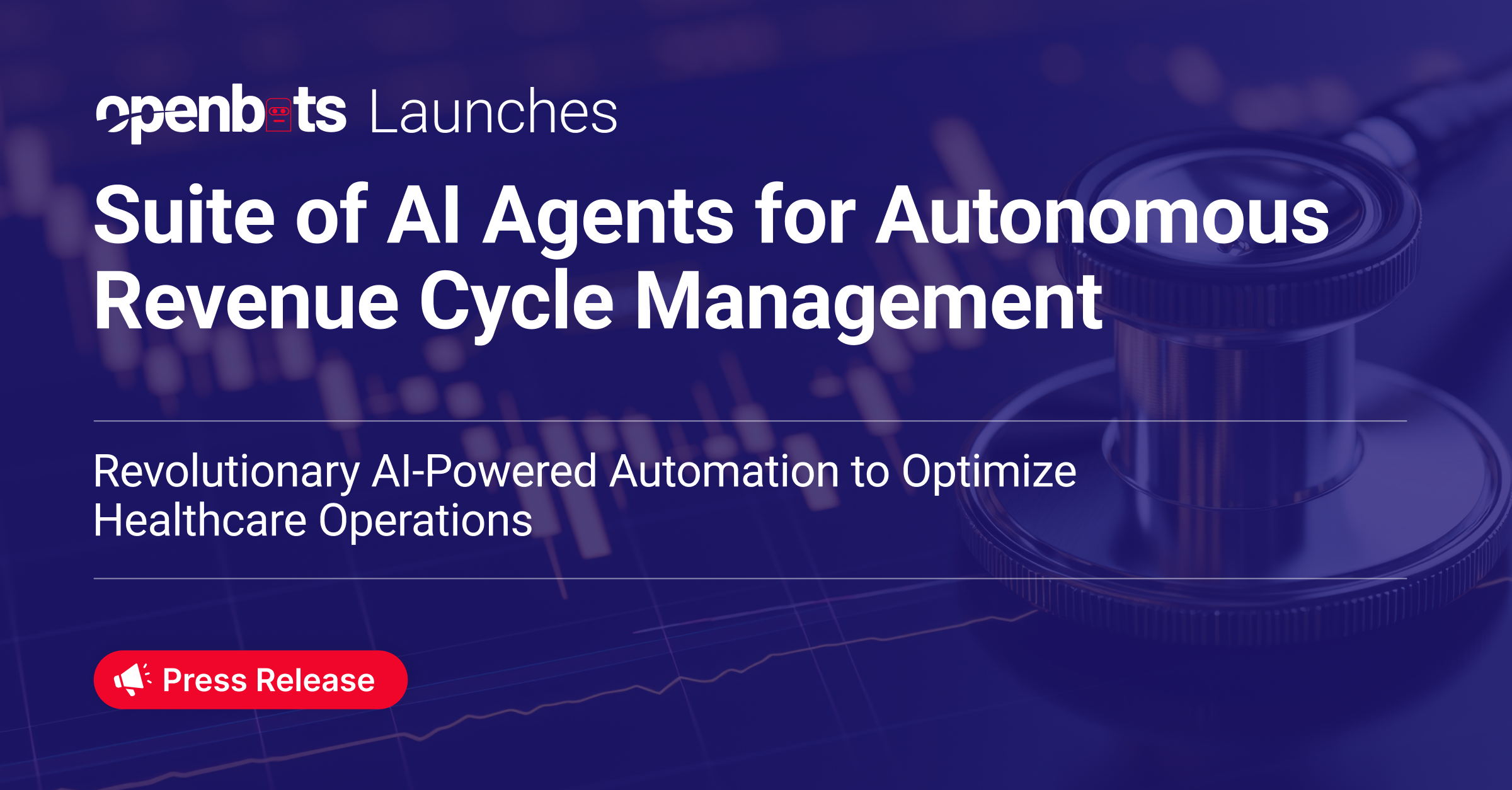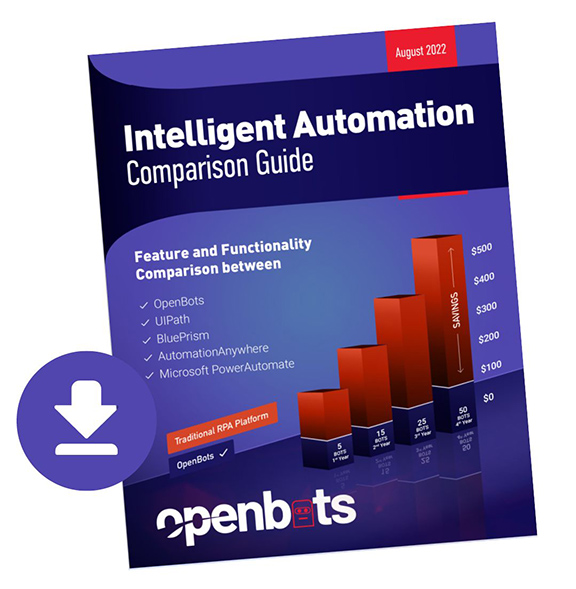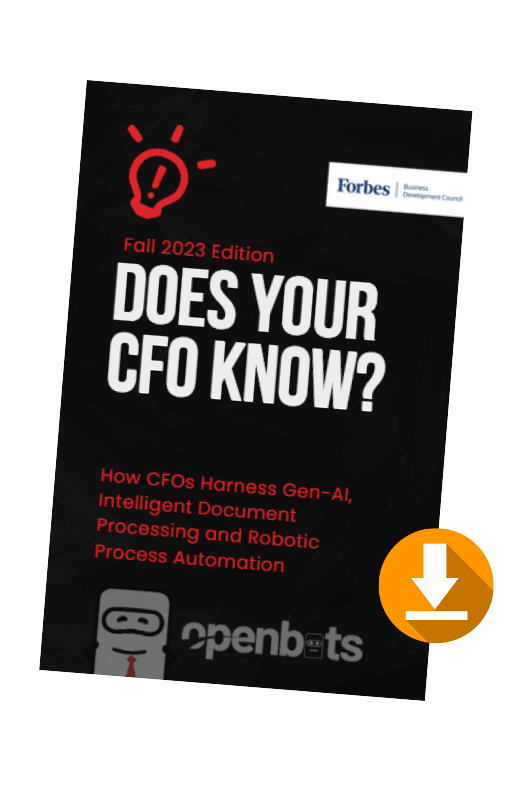InsureTech & RPA? A Match Made in Heaven!
 by
Gabriel Skelton - February 28, 2023
by
Gabriel Skelton - February 28, 2023

About Gabriel Skelton
As the Director of Banking & Mortgage Automation Solutions, Gabriel is responsible for creating pre-packaged and customized automation solutions to enable digital transformation for banks, credit unions, and mortgage lenders.
Certified in process discovery & analysis, Gabriel specializes in pairing firms with scalable workflow automation. He has over five years of experience spanning financial services, enterprise technology, and digital transformation.
Gabriel resides in Coral Springs, Florida, with his wife and son.
Recent Posts
Related Blog Posts

OpenBots Launches Suite of AI Agents for Autonomous Revenue Cycle Management
OpenBots Inc. is transforming healthcare financial operations with the launch of its AI-powered suite of eight Autonomous Revenue Cycle Management (RCM) Agents…

Agentic AI in Banking: Ten Transformative Processes to Automate
The banking industry is changing rapidly with the tech revolution, and modern technologies like Agentic AI are at the centre […]

Hospital Automation – Eleven Processes You Need to Automate
Explore Hospital Automation and Eleven Processes You Need to Automate. Discover how RPA and AI are transitioning healthcare operations, patient care, and efficiency, all while maintaining a human touch.






